How to Integrate Automation into Your Automatic Weighing Filling Process
Automation has become increasingly prevalent in manufacturing processes across industries, and the automatic weighing filling process is no exception. By integrating automation, manufacturers can improve efficiency, accuracy, and consistency while reducing costs and minimizing human error. In this article, we will delve into the key aspects of integrating automation into your automatic weighing filling process, covering various components and strategies.
Components of Automation
The core components of an automated weighing filling system typically include:
Weighing Scales: High-precision scales measure and dispense the desired weight of product, ensuring accuracy and consistency.
Filling Machines: These machines fill containers with the weighed product, often using auger, volumetric, or gravity-fed systems.
Control Unit: A programmable logic controller (PLC) or computer controls the weighing and filling operations, monitoring parameters and making adjustments as needed.
Sensors: Sensors detect the weight of the product and the level of the filled container, providing feedback to the control unit.
Robotic Arms: In more advanced systems, robotic arms can handle containers, perform inspections, and assist in the filling process.
Benefits of Automation
Integrating automation offers numerous benefits, including:
Increased Efficiency: Automating the weighing and filling process eliminates manual labor, reducing production times and increasing throughput.
Improved Accuracy: Automated systems minimize human error, ensuring consistent and precise weights.
Reduced Costs: Automation can lower labor costs and eliminate the need for additional personnel.
Enhanced Consistency: Automated systems follow predefined parameters, resulting in uniform filling and consistent product quality.
Improved Safety: Automation eliminates the need for employees to handle hazardous materials or perform repetitive tasks, reducing the risk of accidents.
Integration Strategies
To successfully integrate automation into your automatic weighing filling process, consider the following strategies:
Plan and Prepare: Define your objectives, identify your requirements, and gather necessary data before implementing automation.
Choose a System: Select an automated weighing filling system that meets your specific needs, considering factors such as capacity, accuracy, and compatibility.
Install and Configure: Install the system according to manufacturer guidelines and configure the equipment to your desired parameters.
Test and Validate: Thoroughly test the automated system to ensure accuracy, repeatability, and compliance with regulatory standards.
Train Operators: Provide comprehensive training to operators to familiarize them with the automated system and its operation.
Maintain and Monitor: Regularly maintain the system, monitor its performance, and make adjustments as needed to ensure optimal operation.
-
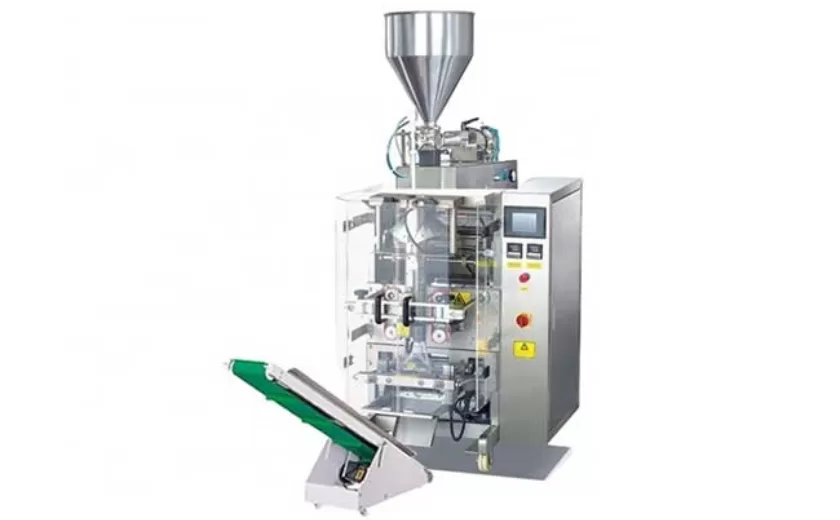
Advanced Packing Solutions: Snacks, Sugar, and Frozen Food Machines
29-10-2025 -
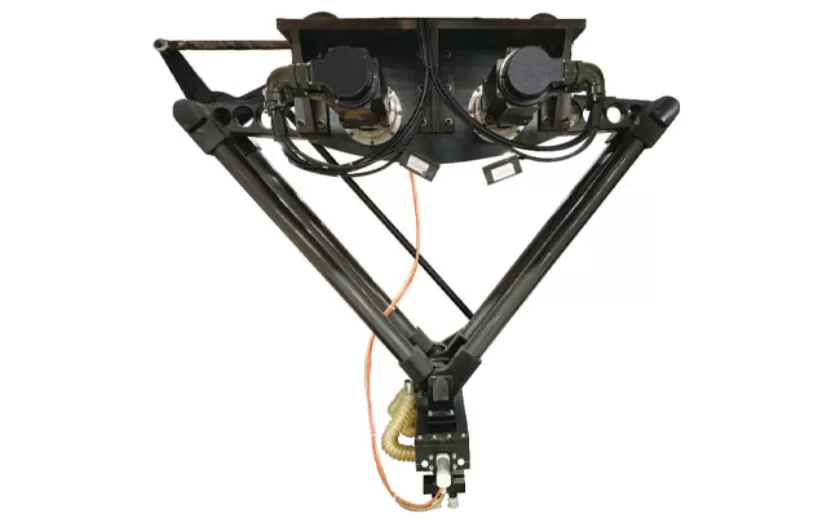
Efficient and Reliable Solutions for Salt, Nuts, and Frozen Dumplings Packing
29-10-2025 -
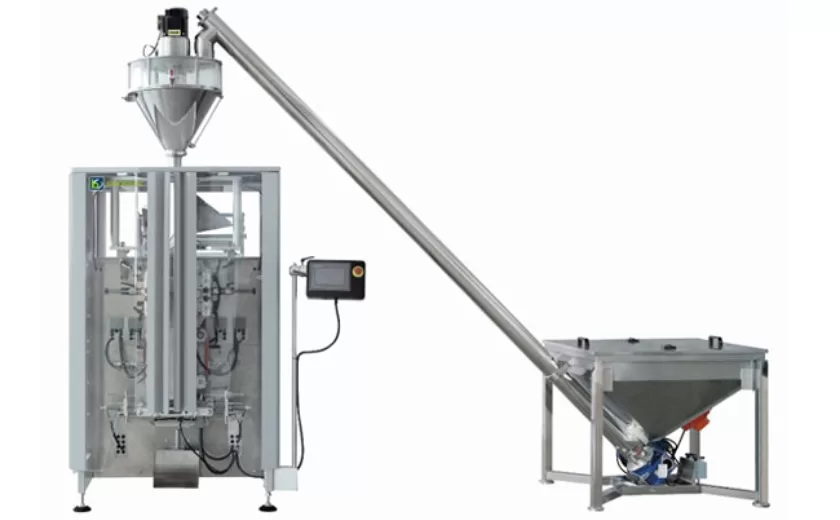
High-Performance Biscuits, Lollipop, and Ketchup Packing Machines for Modern Food Production
29-10-2025 -

Efficient Liquid Filling and Packing Machines for Modern Production
23-10-2025 -
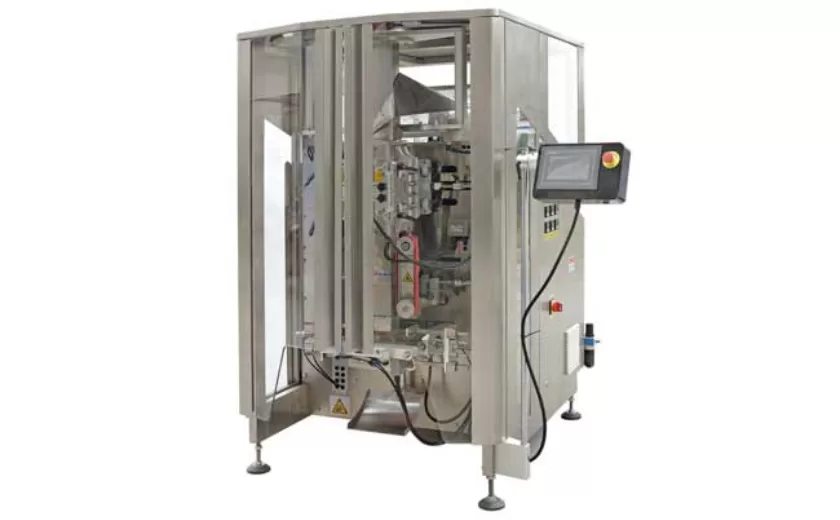
Reliable Granule Packaging Machines for Efficient Production
23-10-2025 -

Efficient Auger Powder Filling Machines for Accurate Packaging
23-10-2025 -

High-Performance Liquid Filling and Packing Machines for Hygienic Production
10-10-2025 -

High-Efficiency Granule Packaging Machines for Precision and Speed
10-10-2025 -

High-Precision Auger Type Powder Filling Machines for Efficient Packaging
10-10-2025 -
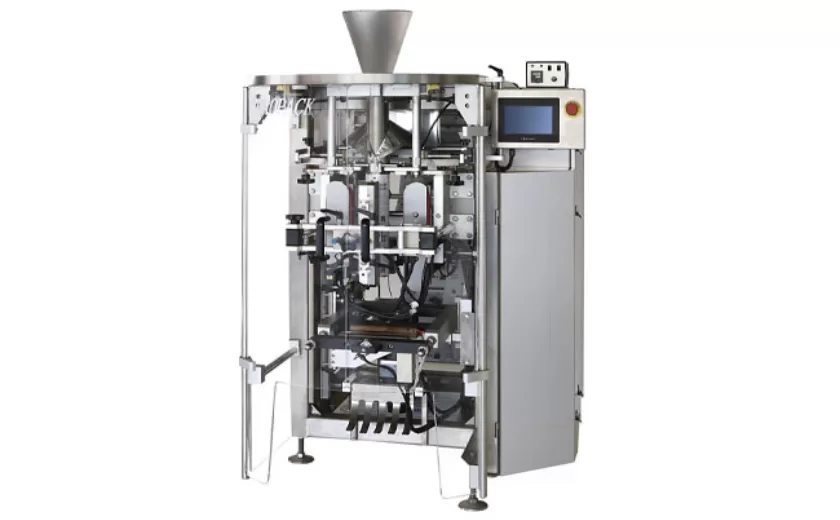
Efficient Vertical Form Fill Seal Packaging Machines for Smart Production
10-10-2025





